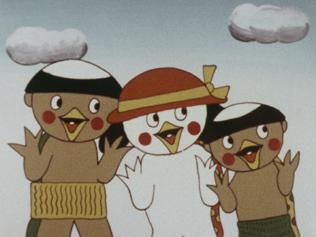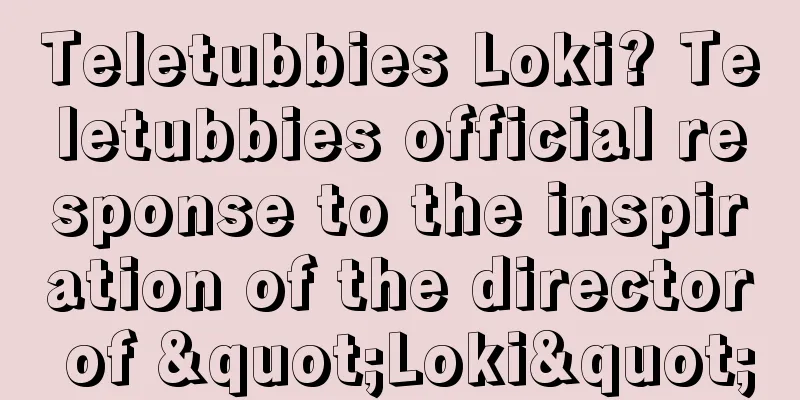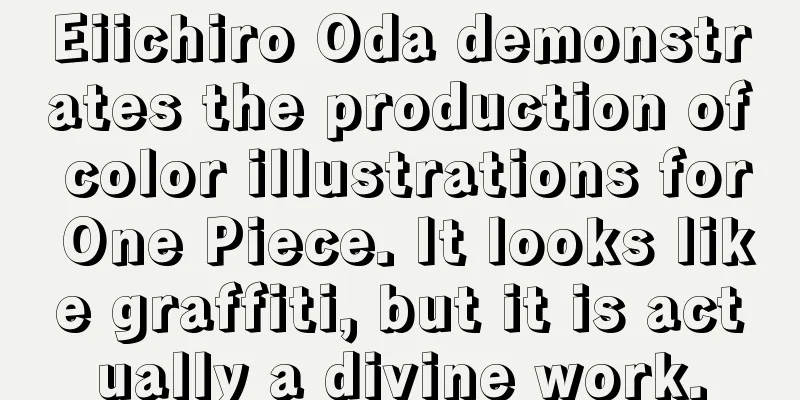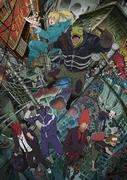Kappa no Quikwokwa: A thorough analysis of the appeal of Minna no Uta

Kappa's Quik-Quo-Qua - A masterpiece of everyone's songs"Kappa no Que Quo Qua," which was broadcast on NHK Educational TV (now NHK E-Tele) in February 1975, became a classic anime beloved by children in its short two-minute run. This work is a particularly memorable piece in the Minna no Uta series, combining the unique visuals and music of director Yoji Kuri. OverviewAs you can see from the fact that the original media of "Kappa no Que Quo Qua" is listed as "other," it is an original work with no specific original work. It was broadcast in February 1975, and only one episode was aired, but it made a big impact and was loved by many viewers. It was broadcast on NHK Educational TV, now NHK E-Tele, and the story unfolds in a short two-minute time slot. BackgroundThe director behind this work is Yoji Kuri. Yoji Kuri is known as a pioneer of postwar Japanese experimental animation, and his unique style has been highly praised both in Japan and overseas. "Queeque de Kappa" is another work that fully demonstrates his artistic talent, and is characterized by its fusion of visual beauty and music. Yoji Kuri produced a number of experimental animation works from the 1960s to the 1970s. Among them, "Kyuuuuokuwa" (Quick Kappa) was produced as part of the "Minna no Uta" (Everybody's Songs) series, a children's program, and was widely accepted by general audiences. His works are characterized by a harmony of abstract visuals and music, and while pursuing visual artistry, they also provide content that children can enjoy. Story and CharactersThe story of "Kappa no Quikwokwa" depicts the daily life of kappas playing by the river. The kappas spend their time happily humming the mysterious word "Quikwokwa". The appeal of this work is undoubtedly the fusion of visuals and music. The movements and expressions of the kappas are depicted in Kuri Yoji's unique style, creating a sense of visual beauty. The music is also memorable with its rhythmic melody that repeats the word "Quikwokwa", making it easy for children to relate to. The characters are mainly kappa, but their personalities and backgrounds are not particularly depicted. Rather, the emphasis is on conveying a sense of fun and mystery to the viewer through the overall atmosphere, visuals, and music. This approach is a characteristic seen in other works by Yoji Kuri, and is symbolic of his artistry. Visuals and MusicThe visuals of "Kappa Quik-Qua" reflect Yoji Kuri's experimental style. The movements and expressions of the kappas are drawn with abstract lines and colors, creating a sense of visual beauty. The background also depicts an abstract riverside landscape, giving the overall impression of a work of art. The music is characterized by a rhythmic melody that repeats the word "Quee-quo-qua." This melody is familiar to children and fun to sing along to. The visuals and music work together to successfully convey a sense of fun and wonder to the viewer. Evaluation and impact"Kappa no Que Quo Qua" is one of the most highly acclaimed works in the Minna no Uta series. Its unique visuals and music have been loved by children and adults alike, and have touched many viewers. This work also helped to widely publicize Kuri Yoji's artistry, drawing attention to his other works. The influence of this work can be seen in later animations. In particular, the fusion of abstract visuals and music has influenced many works. Also, even though it was a children's program, its attitude of pursuing artistic excellence influenced other animators and became a catalyst for the creation of higher quality works. Recommendations and how to watch"Kappa no Que Quo Qua" is one of the most recommended works in the Minna no Uta series. Its unique visuals and music are enjoyable not only for children but also for adults. Also, be sure to watch it to get to know the artistry of Kuri Yoji. You can watch it on the NHK official website or video streaming services. It is also available on DVD and Blu-ray, so it is recommended for those who want to keep it on hand. Furthermore, by watching other works by Yoji Kuri, you can gain a deeper understanding of his artistry. Related works and artistsIn addition to "Kappa Quik-Qua," Yoji Kuri has created many other experimental animation works. Among his most famous works are "The Human Zoo" and "Love." These works are also characterized by the fusion of abstract visuals and music, and are visually beautiful. Yoji Kuri's works have been highly praised both in Japan and overseas, and have won many awards. There are many other masterpieces in the Minna no Uta series. There are many works that are loved by children, such as "Elephant" and "Big Ben." These works are also characterized by the fusion of visual beauty and music, and have succeeded in conveying fun and excitement to the audience. summary"Qui Quo Qua the Kappa" was broadcast on NHK Educational TV in February 1975, and in its short two-minute run, it became a classic anime beloved by children. This work, which combines director Kuri Yoji's unique visuals and music, is a particularly memorable piece in the Minna no Uta series and has touched many viewers. This work also helped to widely publicize Kuri Yoji's artistry, and has influenced subsequent generations of animation. Please watch it and experience its unique charm. |
<<: "Let's go to the zoo": A thorough analysis of the charm and emotion of this song
Recommend
You can't bear to watch! DC horror superhero drama "Swamp Thing" new official trailer
Alan Moore, the most famous DC comic book creator...
It has a Wolf Warrior vibe! Vincent Zhao's new film "Strike Back" released its final trailer
The action film "Strike Back" directed ...
A thorough review of "HELL TARGET"! A detailed explanation of its merits and shortcomings
The appeal and evaluation of "HELL TARGET&qu...
9.6 points of praise, the first evacuation movie box office exceeded 1 billion and is expected to hit 2.2 billion
The champion of this year's National Day movi...
The final trailer for the third season of "Stranger Things" shows the monsters from another world finding a new host
The third season of "Stranger Things" w...
Director Neill Blomkamp: District 10 was inspired by events in American history
"District 9" director Neill Blomkamp re...
The new Gundam animation "Gundam GQuuuuuuX" is confirmed to start broadcasting on April 8
Today, February 23, the official announcement was...
The appeal and review of "Silver Knight Odian": A must-see mecha anime masterpiece
Silver Knight Odian: A story of friendship and ba...
"Swing Camp△" Season 2 OP "Seize The Day" MV
Today (12.12), the TV animation "Yuru Camp△&...
The final trailer of "Guardians of the Galaxy 3" series ushers in the finale
The final trailer of Guardians of the Galaxy Vol....
A thorough analysis of the charm and emotion of Dango 3 Brothers! What is the theatrical experience that goes by in a flash?
"Dango 3 Brothers: A Quick Theater" - A...
Food Wars!: Shokugeki no Soma - Shin no Sara review: The ultimate cooking battle and a moving story
"Food Wars! Shokugeki no Soma: The God's...
"Chinese Legends" has exceeded 50 million views on Bilibili. Which character is your favorite?
Recently, the official "Chinese Tales" ...
MiniYuri: A thorough analysis of the appeal of the YuruYuri series!
The charm and evaluation of Mini Yuri - Mini Yuri...
Will Smith: I hope my new movie won't be affected by the Oscar slapping incident
During the press tour for Black Freedom, Will Smi...









